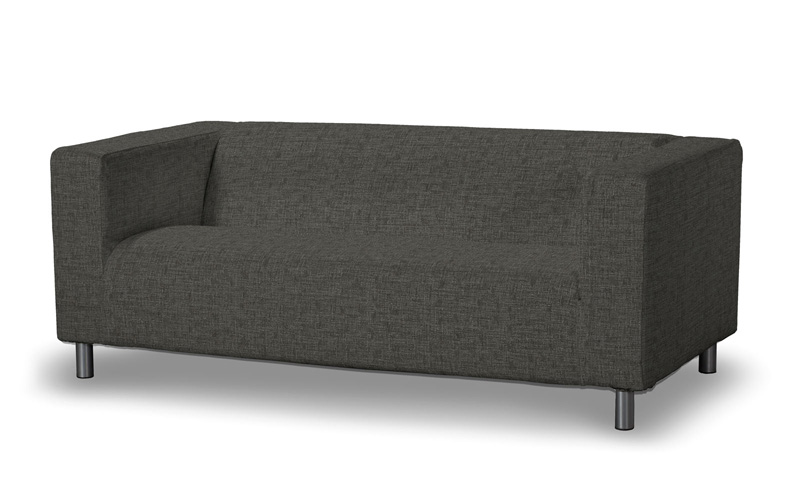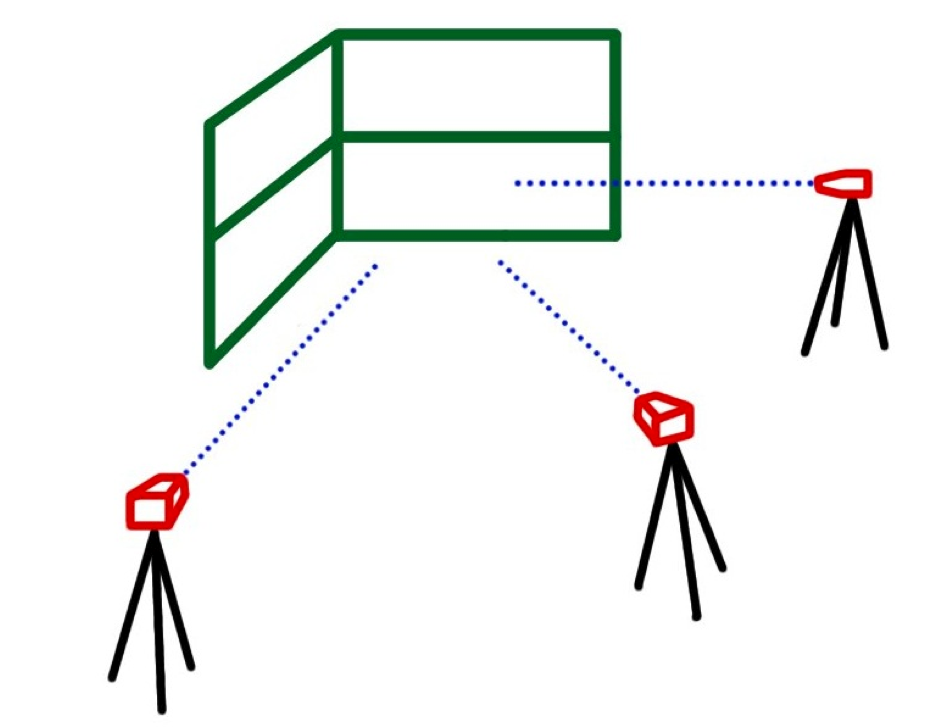How are they structured? What media techniques are being used?
What is the tone of each one?
What is the preferred reading?
What might a differential decoding be?
What role of media is shown here?

Cumnock Media Class
How are they structured? What media techniques are being used?
What is the tone of each one?
What is the preferred reading?
What might a differential decoding be?
What role of media is shown here?
Okay – well done. Much better footage today and a clearer idea of the end product. Nice juxtaposition of new photos and old with welling original score all coming together to tell a story – montage, you’re mastering montage! 🙂
Montage sequences often combined numerous short shots with special optical effects (fades, dissolves, split screens, double and triple exposures) dance and music. They are usually assembled by someone other than the director or the editor of the movie.
The media has immense power within democracy because just about all voters get their news from the media rather than from other people or other sources. Media coverage shapes how viewers/readers perceive the world and what they consider to be important. Voters and politicians alike must pay attention to the media. In the UK, the media perform a number of functions important to the democratic process. The media reports the news, serves as an intermediary between the government and the people, helps determine which issues should be discussed, and keeps people actively involved in society and politics.
Perhaps the most important role of the media in politics is to report the news. The vast majority of people must trust the media to provide them with information. Democracy needs citizens to be informed because they must be able to make educated voting choices.
Media Bias
These days, Scots – including politicians – often complain of bias in the media, usually a liberal bias against the views of conservative politicians. They complain that the media’s ability to decide which stories to report often reflects its partisanship. Although this is true to some extent, most major newspapers and television news stations report the same stories more or less objectively. Bias is usually restricted to the media outlet’s commentary and opinion pages.
Partisan journalism is reporting the news with an obvious slant such as pro/anit independence. The New Sunday Herald is partisan. Interestingly their readership increased when they nailed their colours to the mast. Other newspapers practised yellow journalism, reporting shocking and sordid stories in order to attract readers and sell more papers. Some deliberately portrayed Scotland’s independence as an unrealistic goal which would result in catastrophe with Scotland and its people being subjected to penury and third world status. Objective reporting (also called descriptive reporting) means reporting all sides viewpoint. The Independent newspaper claims to do this.
Response to Green Party from BBC regarding airtime.
Setting the Agenda
Journalists cannot report on an infinite number of stories, so they must choose which are the most newsworthy. By choosing which stories to present to the public, the news media helps determine the most important issues; in other words, the journalists set the agenda. Agenda-setting is crucial because it shapes which issues will be debated in public. Sometimes political scientists refer to agenda-setting as signalling because the media signals which stories are the most important when they decide what to report. Agenda setting is often used as evidence of partisanship. For example on 31st October when the SNP took a seat in North Ayrshire, some SNP groups claimed bias when the BBC chose to run with the stories that the Depute Leader of the Scottish Labour group had resigned as the lead story.
Attack Journalism
Investigative journalism can be prestigious and many reporters try to make a career around uncovering scandals. Some people complain that all reporters want to be the new John Pilger interested only in breaking the next big story. These critics say that investigative journalism has become attack journalism: Journalists only care about bringing down a prominent person or regime, not about the truth or the common good. http://johnpilger.com/.
Socializing People
The media plays a big role in socializing people into society, culture, and politics. Much of what young people and adults learn about UK culture and politics comes from magazines, radio shows, and television. Many people worry that young people are exposed to too much violence and sex in the media, knowing the effect it will have on children’s views and development.
Providing a Political Forum
The media also provides a public forum for debates between political leaders. During campaigns, opposing candidates often participate in debate or “newsworthy” photo ops. Many voters learn a great deal about the candidates and the issues by reading these ads and debates. Even during years without elections, the news media allows elected official to explain their actions via news stories and interviews.
Even though there is a notional freedom of the press, the government does regulate some media. Print media is regulated, but newspapers and magazines can print anything as long as they don’t slander anyone. The Internet isone largely unregulated, although government tries to restrict some controversial content. Broadcast media, however, are subject to stringent government regulation. Radio and television broadcasters must obtain a license from the government.
There can be fines for broadcasters. Sometimes the Government intervenes and makes it clear that operating “appropriately” is a legal requirement, Read this article.
Media Doctrines
The equal time rule, which states that broadcasters must provide equal broadcast time to all candidates for an election or referendum.
The right of rebuttal, which requires broadcasters to provide an opportunity for candidates to respond to criticisms made against them. A station cannot air an attack on a candidate and fail to give the target of the attack a chance to respond.
Ofcom
Media Consolidation
http://en.wikipedia.org/wiki/Concentration_of_media_ownership>
Critics of Media Consolidation
Critics contend that media consolidation limits consumers’ choices because a small number of companies own all the media outlets. They argue that consolidation is not competitive and that corporate owners might restrict or manipulate news coverage. Some critics also lament the preferred reading due to media consolidation. Because radio and television ownership have become increasingly uniform, people throughout the country receive the same broadcasts.
In the UK, Rupert Murdoch owns best-selling tabloid The Sun as well as the broadsheet The Times and Sunday Times, and 39% of satellite broadcasting network Sky. In March 2011, the United Kingdom provisionally approved Murdoch to buy the remaining 61% of BSkyB however, subsequent events (News of the World hacking scandal and its closure in July 2011) leading to the Leveson Inquiry have halted this takeover.
Daily Mail and General Trust (DMGT) own The Daily Mail and The Mail on Sunday, Ireland on Sunday, and free London daily Metro, and control a large proportion of regional media, including through subsidiary Northcliffe Media, in addition to large shares in ITN and GCap Media.
Richard Desmond owns OK! magazine, Channel 5, the Daily Express and the Daily Star.
The Evening Standard[65] and The Independent are both owned by Russian businessman and ex KGB agent Alexander Lebedev.
Think! Who controls you?
“News is what somebody somewhere wants to suppress; all the rest is advertising.”
Lord Northcliffe, British publisher 1865-1922
How media influence operates
It is a mistake to believe that just because people often reference what they have seen in the media that they must, therefore, have uncritically accepted it. People work with media resources to think, joke, imagine, illustrate their point of view or fuel debate. Sometimes the media reflect a cultural anxiety or perspective, as much as they create it. Detailed research into how media influence operates rarely identifies a simple, one-way, causal route. Early notions that the media act as a ‘hypodermic’ directly injecting ideas into people’s minds have now largely been discredited. Research during the 1940s and 1950s, for example, showed how opinion leaders within communities filtered how messages were received by the general population. Other researchers argued that people select from media messages for their own purposes and that the media are therefore more likely to be used to reinforce, rather than to change, existing attitudes.
More recently, audience reception studies have revealed the diverse ways in which people may respond to the same media output. The messages ‘decoded’ by audiences are not necessarily those intended by the producers. Meaning does not lie in the text (programme or newspaper article) alone; it is created in an encounter between text and audience. How we respond to a particular item may be influenced by class, gender, sexual and ethnic identity, as well as wider cultural context. Programmes that might seem to promote one world view may be used, at least by some viewers, to support another, and representations that seem negative may be used positively. A traditional detective story that casts the police as heroes and law-breakers as criminals can still be enjoyed by some law breakers who identify with the detective character and see him/her as representing a fair and understandable society. A soap opera, understood by some viewers as a celebration of consumer capitalism, will be seen by others as a critique of mainstream values. Think about how particular groups might respond to a character who is gay, a single parent, an immigrant, a Muslim etc.
http://www.thedrum.com/news/2014/10/17/social-media-more-influential-information-source-newspapers-scottish-independence
Mainstream media coverage assisted only 28 per cent of voters in Scotland when making a decision on the issues they considered most important in the Scottish independence referendum last month, according to YouGov research commissioned by News UK.
The figures showed that despite 71 per cent of respondents saying they had gathered general information on referendum issues from TV and radio and 60 per cent from newspapers and their websites, more than two thirds (68 per cent) of voters said that mainstream media coverage of the issues concerning them most in the referendum debate had not helped them reach a decision.
More than half of respondents (54 per cent) said they got general information on social media and other websites, and 44 per cent said they took information directly from the Yes and No campaigns.
However, when asked about information that did influence decisions, more people said they’d used information from social media and other websites (39 per cent) than newspapers (34 per cent), although TV and radio was the strongest source (42 per cent), and nearly a third (30 per cent) said they used information from the Yes and No campaigns when deciding how to vote.
The figures were unveiled by News UK chief executive Mike Darcey at Press Gazette’s News On The Move event in London on Thursday. The poll had 1,268 respondents.
Darcey said the referendum campaign highlighted the role newspapers play in political polls.
“A great example of how newspapers can really foster a debate is the recent independence referendum in Scotland,” he said.
“It was the Sunday Times poll, for better or worse, showing the Yes camp ahead, that threw the No campaign into turmoil and sparked an entirely new debate about the sort of powers that would be devolved if Scotland voted to retain the union.”
The Scottish independence referendum debate sparked media controversy when protests erupted outside the BBC’s Scotland HQ in Glasgow amid accusations from voters that there was a pro-union bias in mainstream media coverage.
Of the mainstream newspapers, weekly title the Sunday Herald was the only publication to back Yes, while the Scotsman and Guardian declared in favour of a No vote and the Scottish Sun and Daily Record did not take a stated position.
During the week of the referendum, The Drum investigated the rise of Scotland’s new media and spoke to the editors of alternative news websites Bella Caledonia, Newsnet Scotland and Wings Over Scotland, and gathered views from mainstream titles including the Sunday Herald, Scotsman and STV.
Thoughts?
Mr MacL will get iPads period 1.
History trip students will meet briefly with Mrs O’N period 2 then come to G:13.

Media students will set up shots (left/right/centre cameras) in G:13 and G:14.

Decide 3 or 4 students being filmed at a time?
Interviewers off camera, we can do reaction shots another time.
Check sound and lighting levels early on to make sure it doesn’t have to be done again. Try to do everything as if it is a live interview but retake if necessary. Remember the tone you are aiming for. Let the solemnity of the experience be evident in the set up and expectations.
Take control of the situation. Do not let your fellow students hold you back. Demonstrate leadership. Be in charge because it has to be your work at the end of the day.
Film every student answering a range of questions. You will only keep in the best answer(s) for each student. No-one should be more important than anyone else. No “stars”.
Will you ask teachers on the trip too?
They can be filmed afterwards.
Students can go back to Skills once they have been interviewed.
Remember we did a bit of this with the BBC?
The brief:
To produce a film of conducted interviews with everyone who took part in the Battlefields tour. The finished film will play on a constant loop in the local church as part of their Remembrance Day 100 years commemoration.
Let’s talk tomorrow.
Think – plan – research – produce – evaluate.